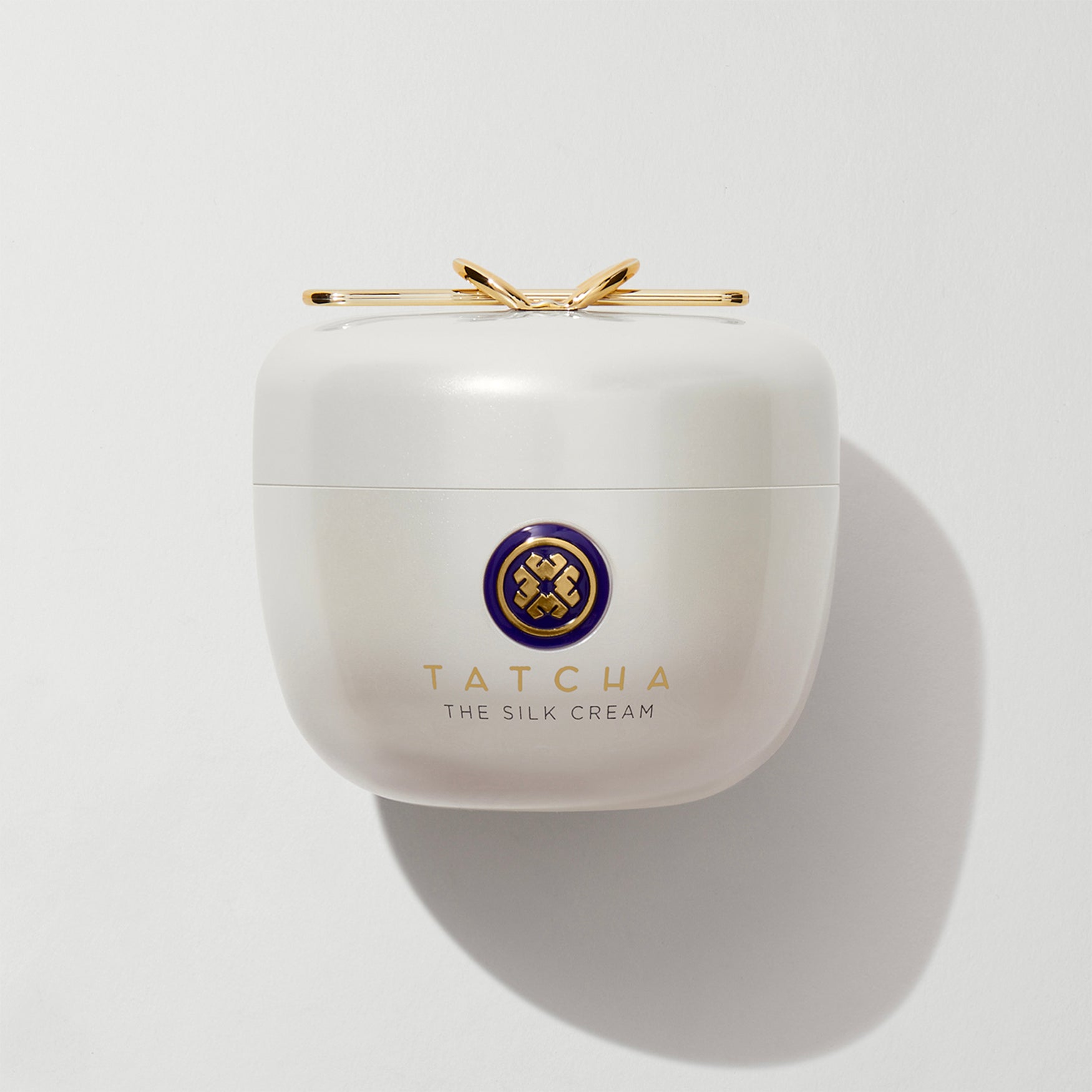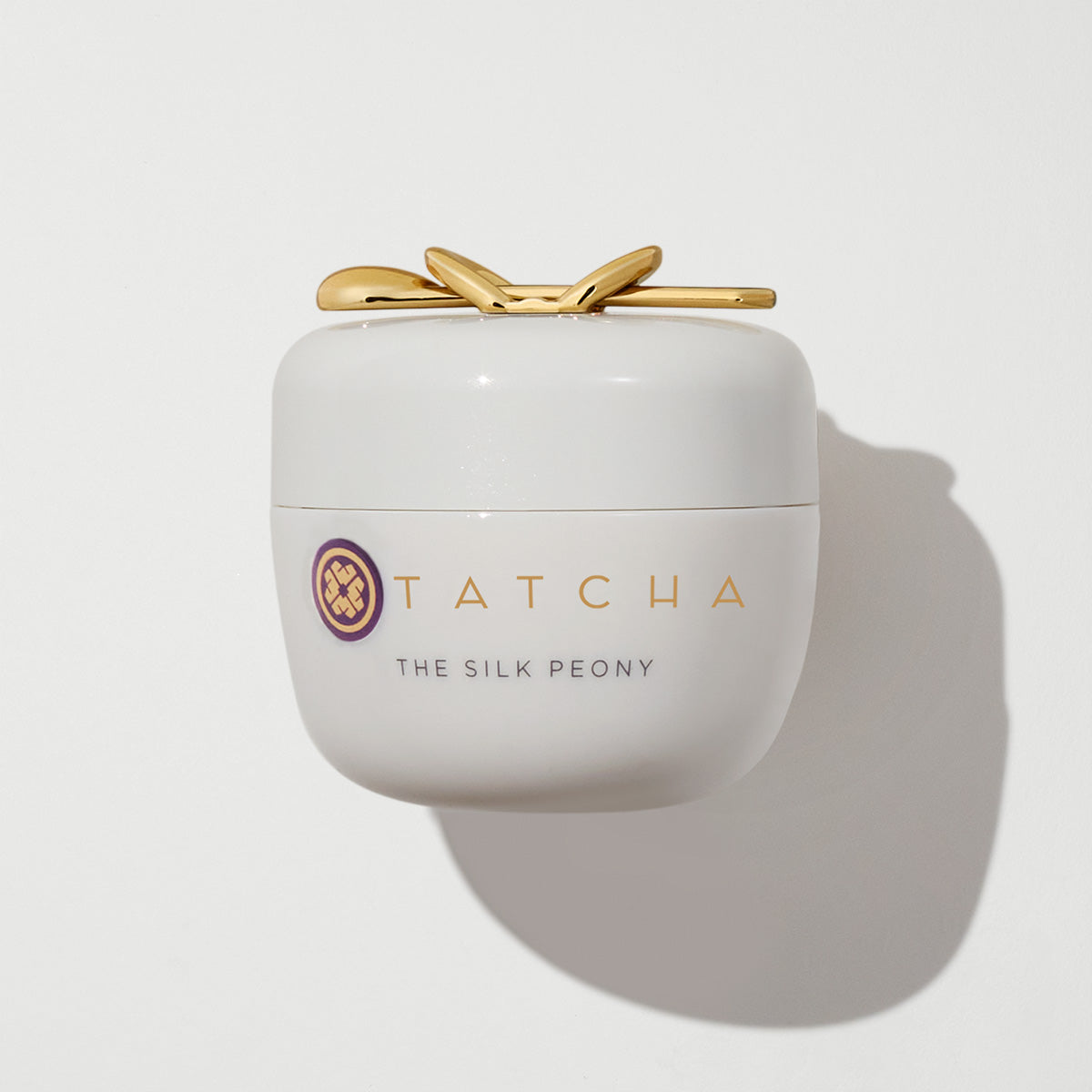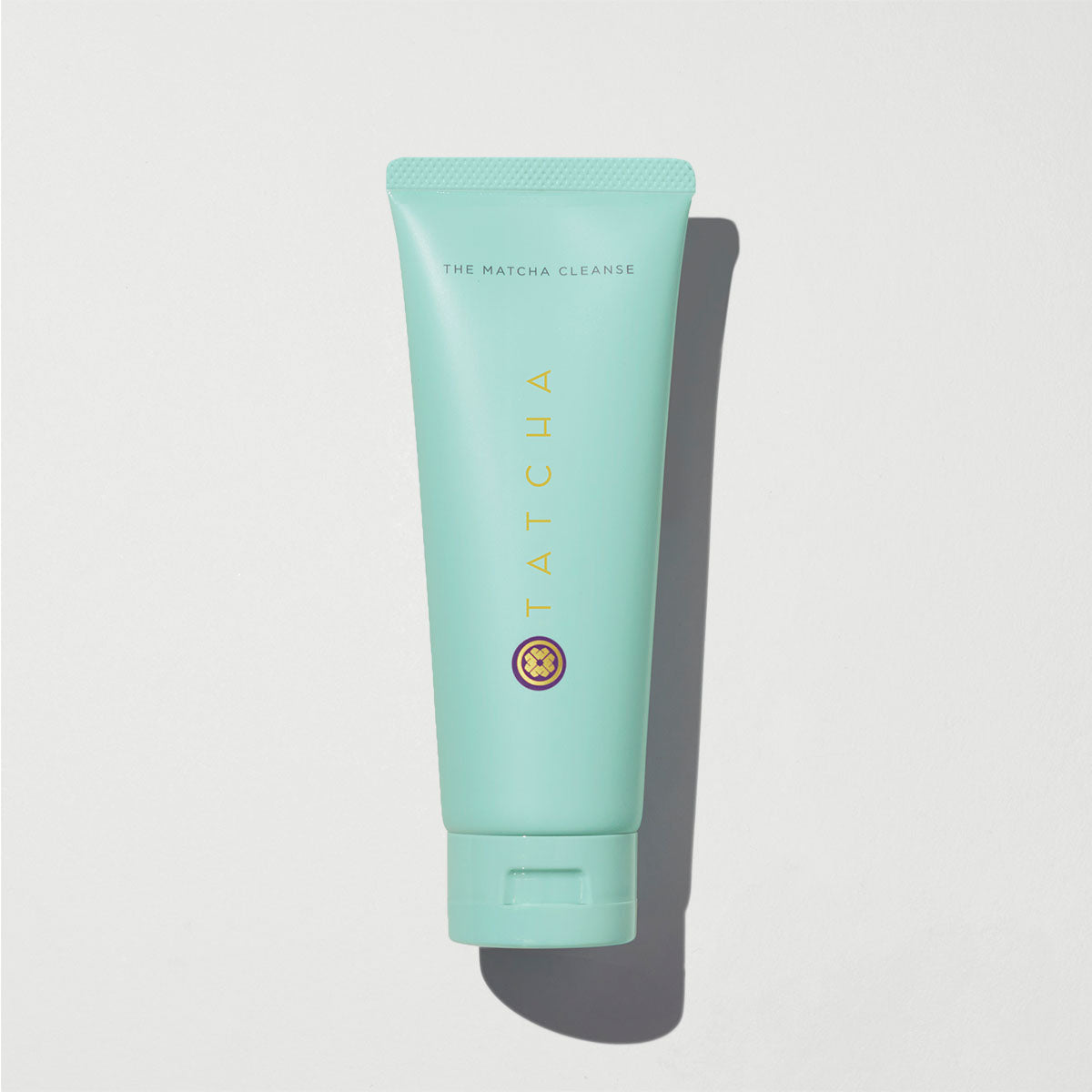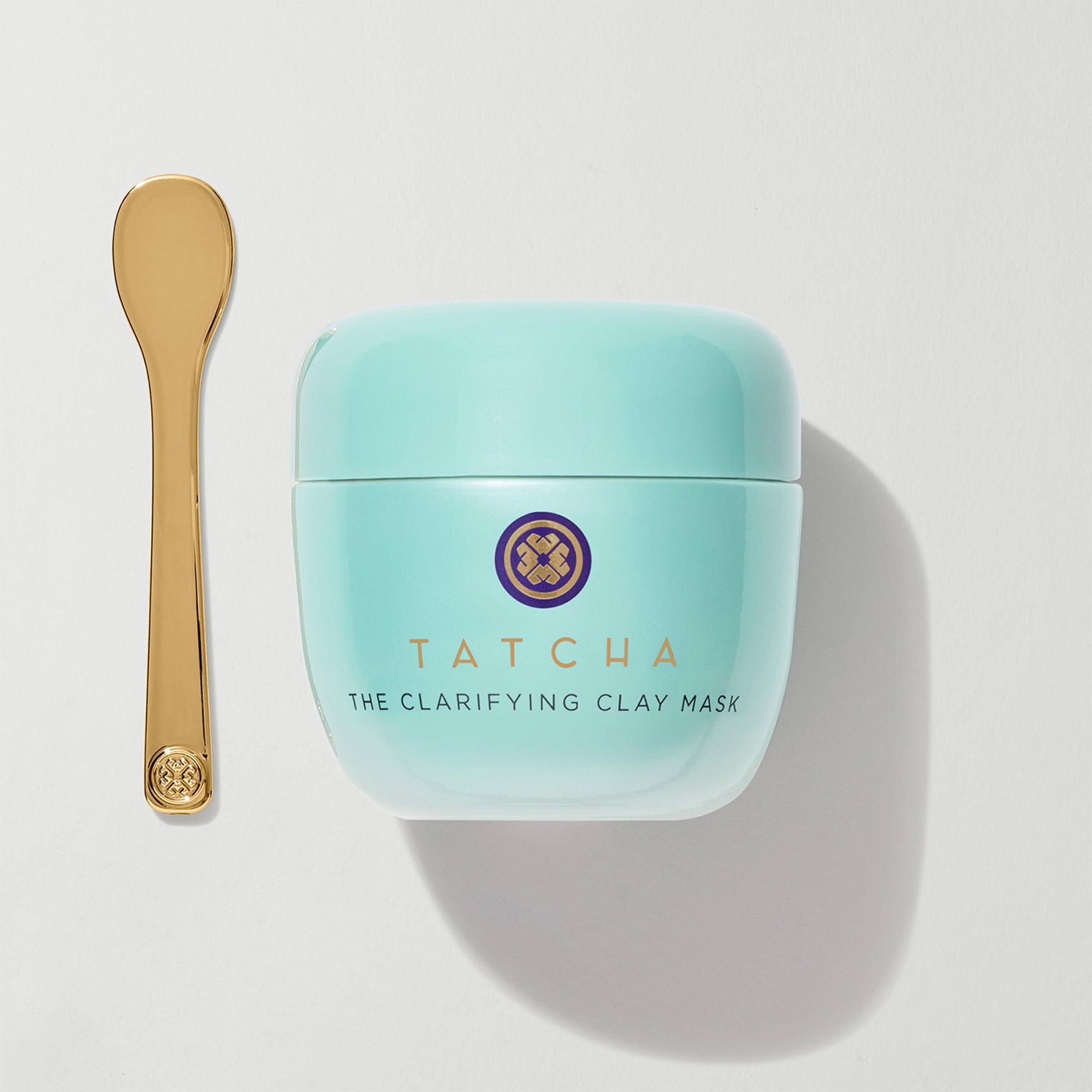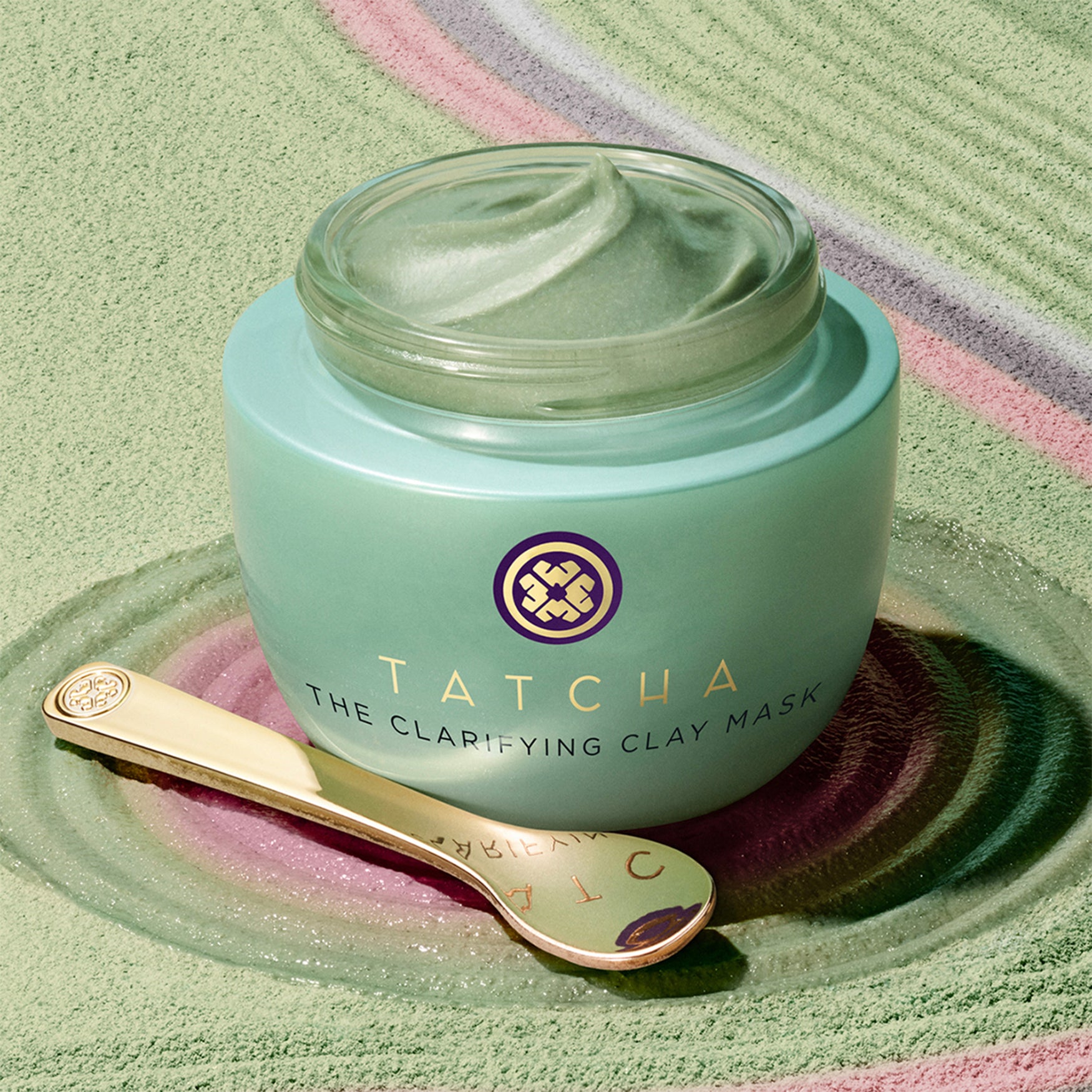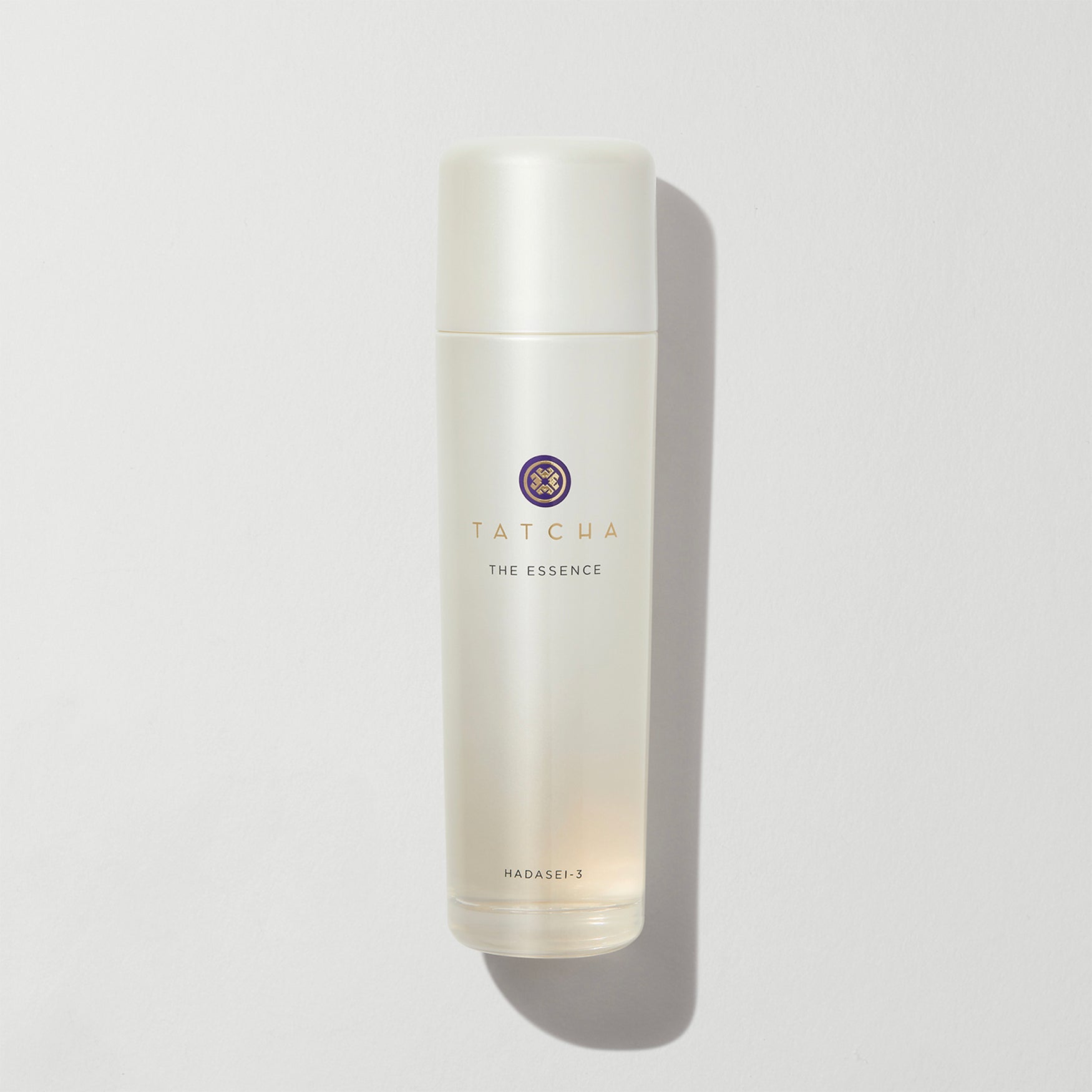Please choose up to free gifts from the following
Please select your free gift
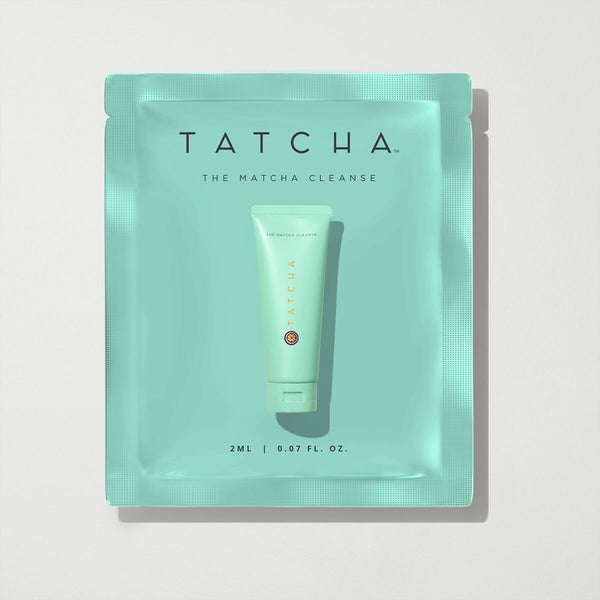
The Matcha Cleanse | 2ml
Unselect
Select
A fragrance-free, soap-free gel cleanser with BHA alternatives.
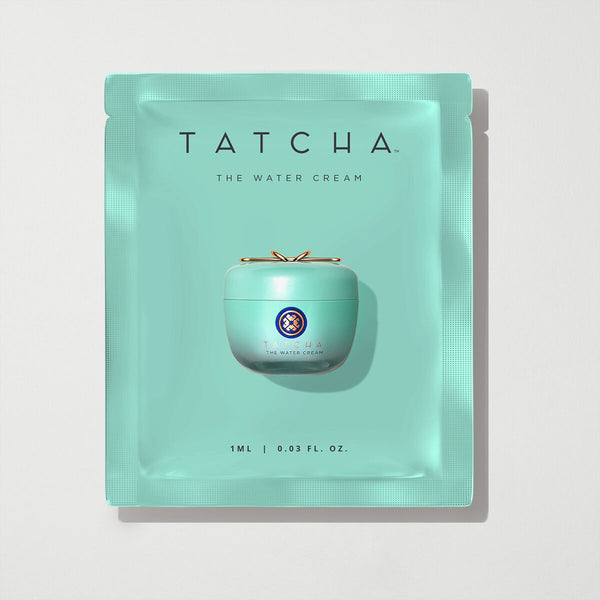
The Water Cream | 1ml
Unselect
Select
Lightweight pore-refining moisturiser for smooth, balanced skin.
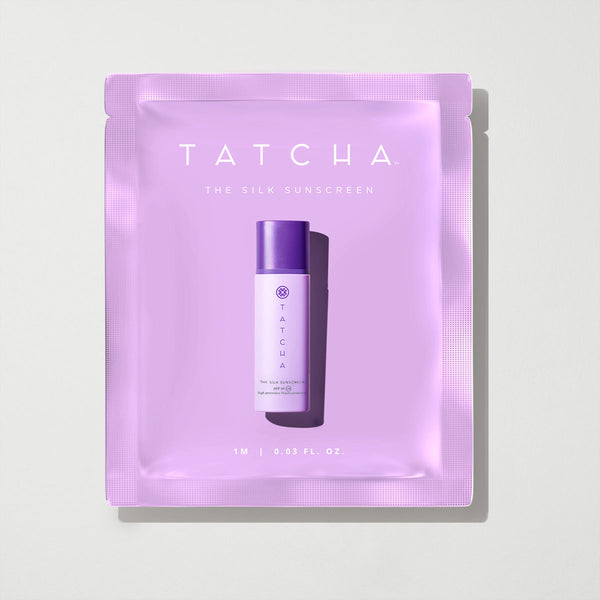
The Silk Sunscreen | 1ml
Unselect
Select
A weightless, fragrance-free SPF 50 mineral sunscreen.
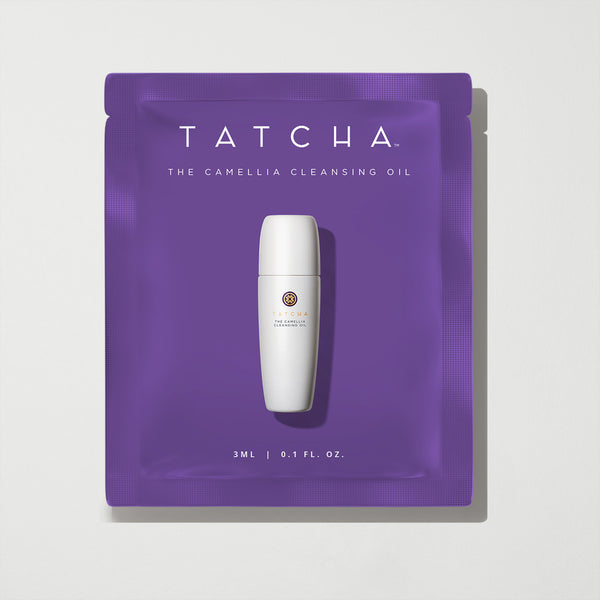
The Camellia Cleansing Oil | 3ml
Unselect
Select
2-in-1 makeup remover and cleanser.
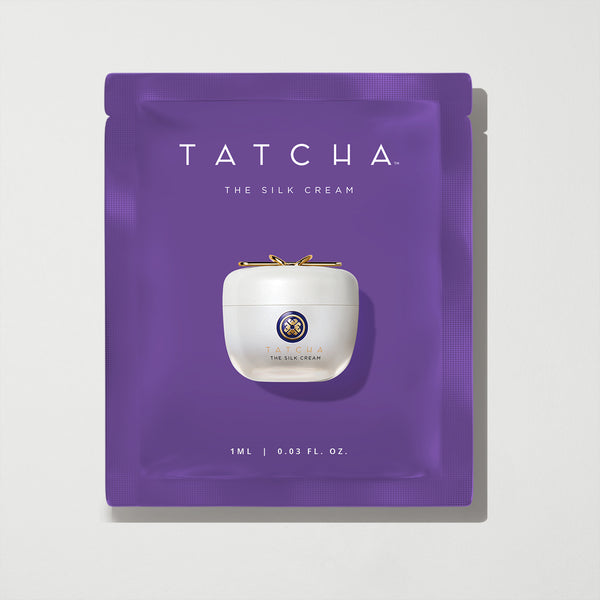
The Silk Cream | 1ml
Unselect
Select
Rich, weightless gel cream to give skin the look and feel of pure silk.
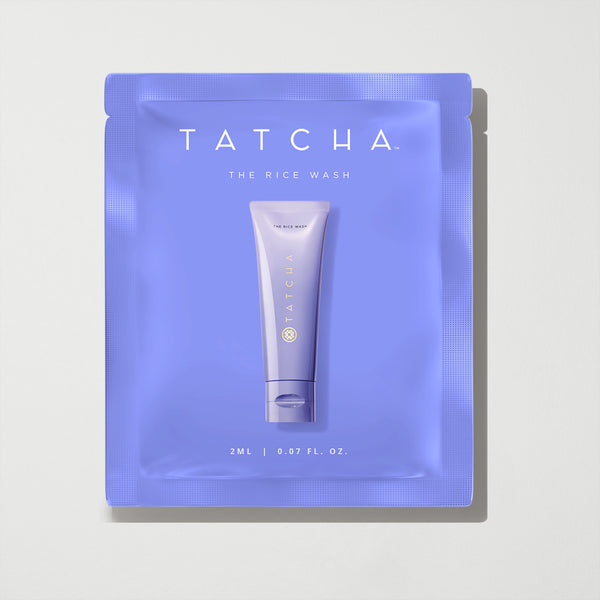
The Rice Wash | 2ml
Unselect
Select
A pH-neutral soft cream cleanser with Japanese rice powder.
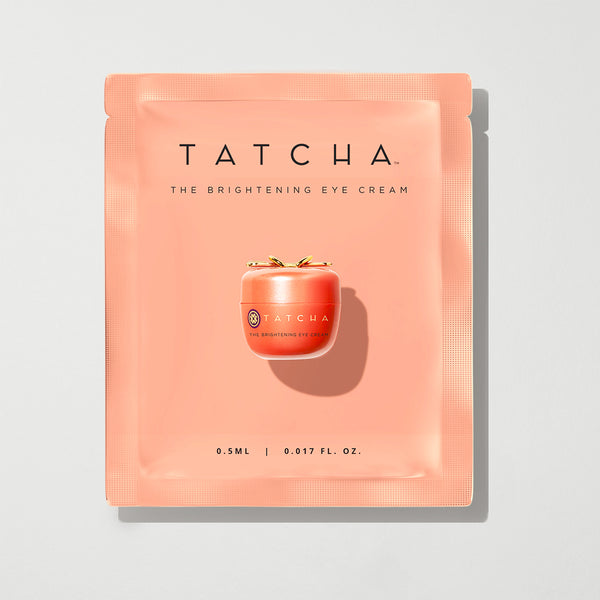
The Brightening Eye Cream | 0.5ml
Unselect
Select
Brightening and dark circle reduction cream.
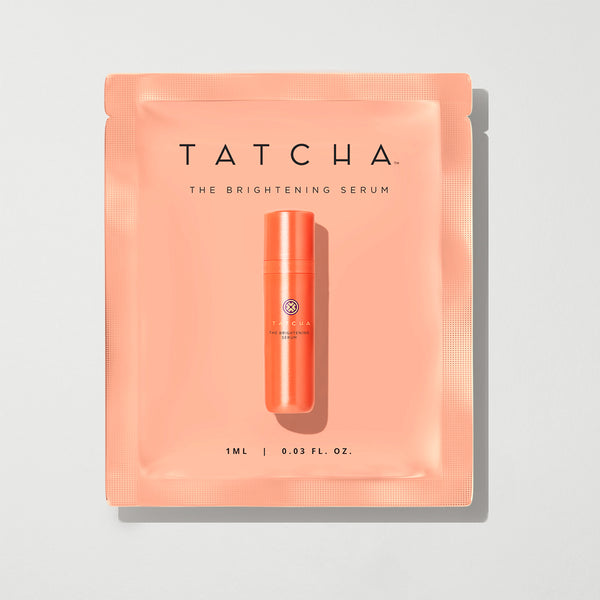
The Brightening Serum | 1ml
Unselect
Select
Brightening and firming treatment.
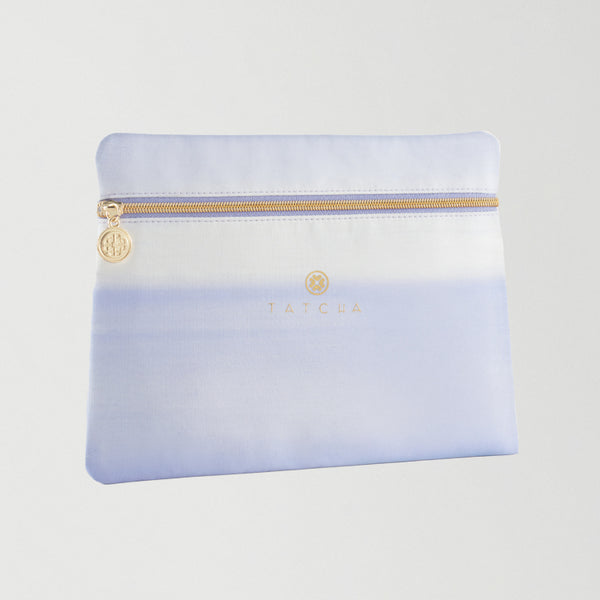
Complimentary Bag
Unselect
Select
Select 3 minis & receive a complimentary bag.
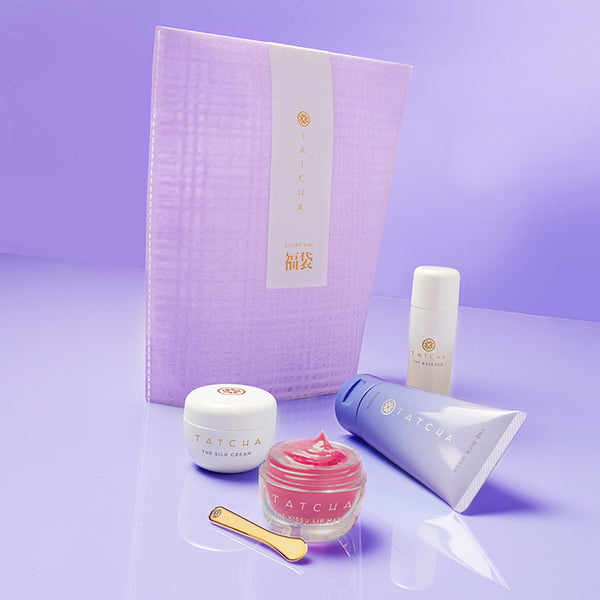
Fukubukuro £100 Gift Bag
Unselect
Select
For a limited time, free with orders £100+*.
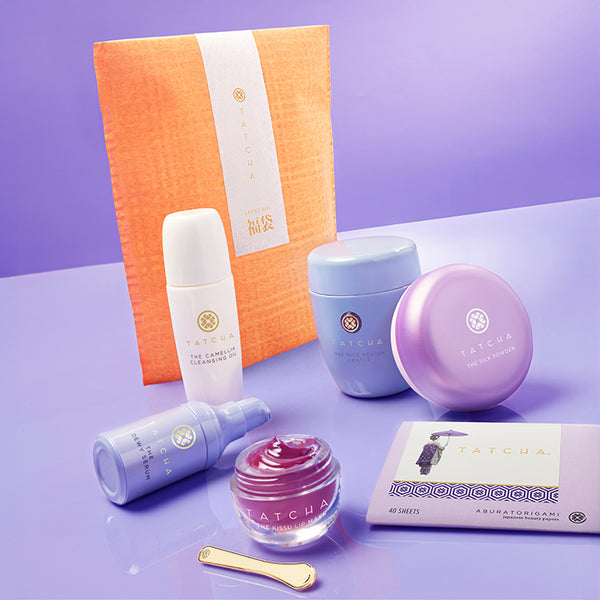
Fukubukuro £200 Gift Bag
Unselect
Select
For a limited time, free with orders £200+*.
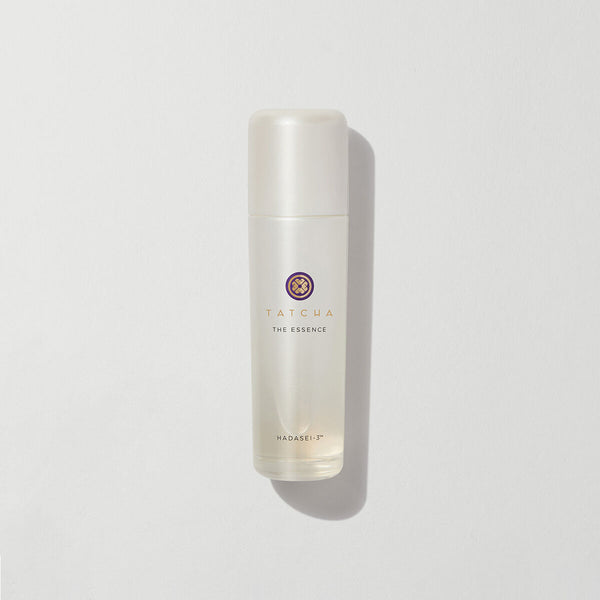
The Essence Gift | 75ml
Unselect
Select
Resurface, soften and plump with a trio of fermented Japanese superfoods.
Value:
£63.00












